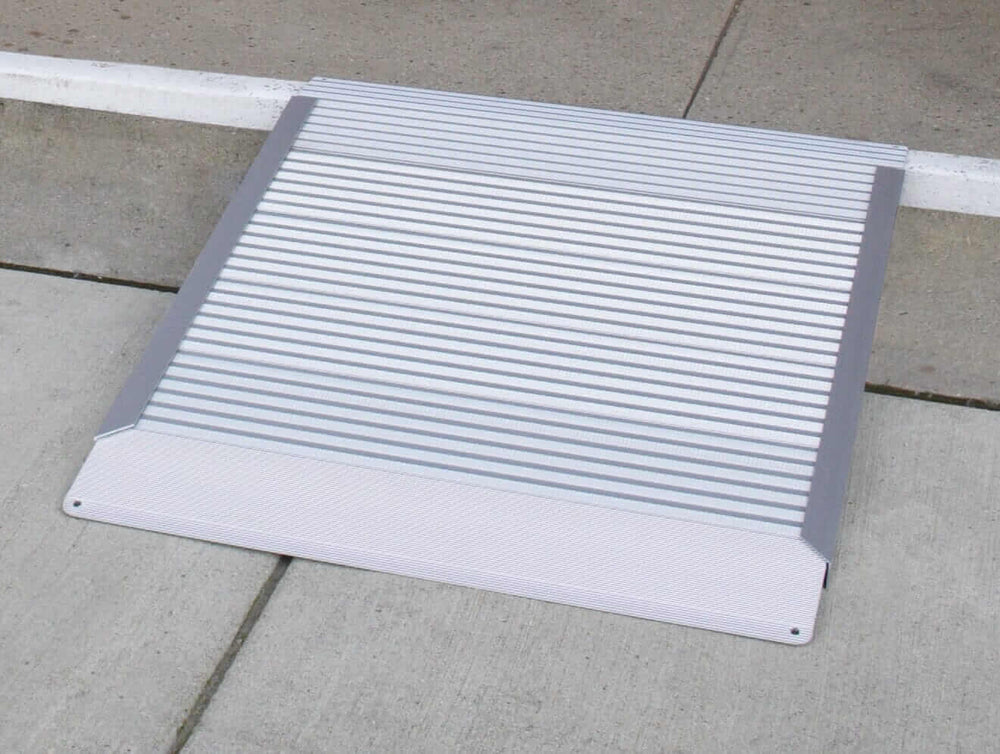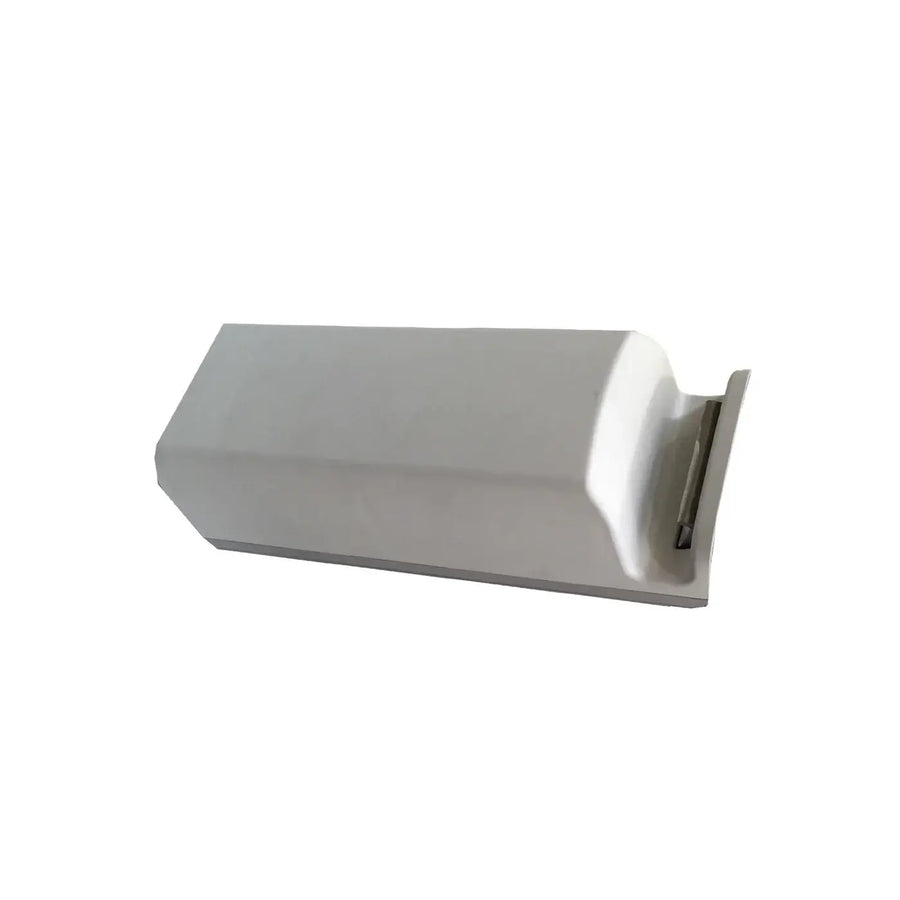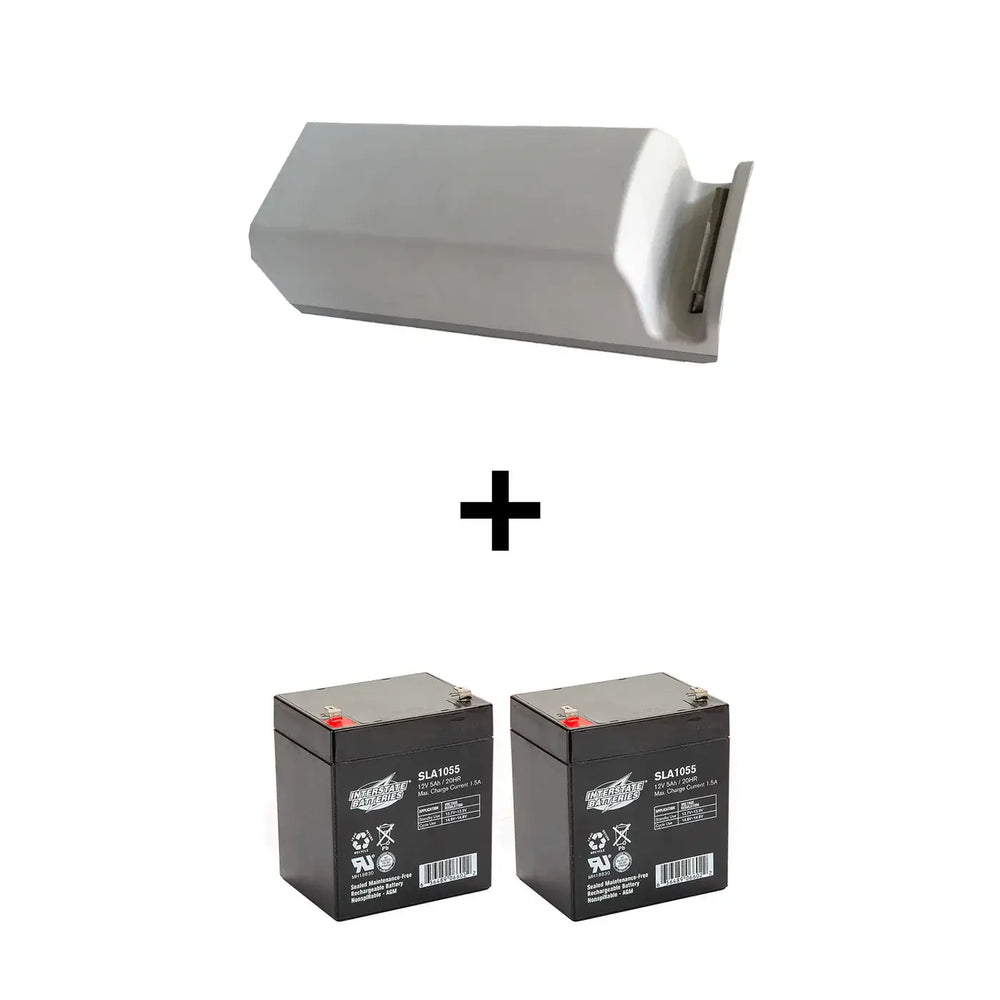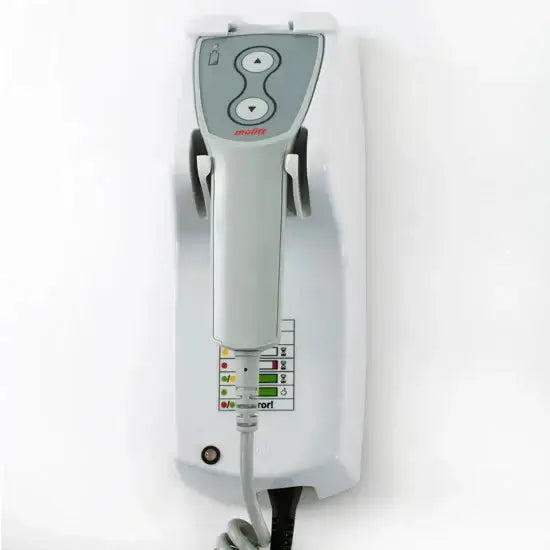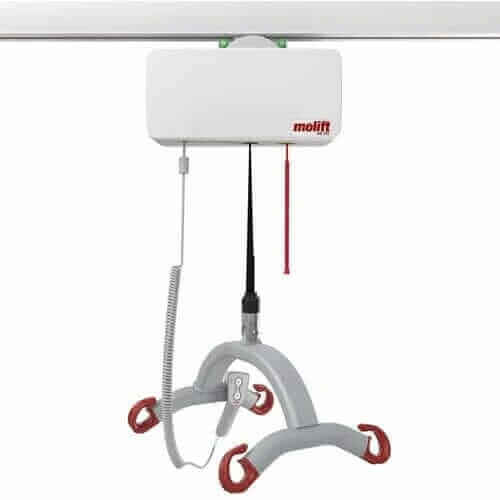Patient Lift Controls
From ergonomic hand-held remotes to intuitive wall-mounted panels, each control interface is crafted with precision to ensure seamless operation and secure patient movement. Check out our collection to discover how our patient lift controls can optimize workflow efficiency and promote patient comfort and safety in any healthcare setting.
The Benefits of Utilizing Portable Patient Lifts
- Enhanced Patient Safety: Portable patient lifts are designed with safety in mind. They minimize the risk of patient falls and injuries during transfers, particularly for individuals with limited mobility or those who are at risk of slipping or tripping. The lifts provide stable and controlled movement, reducing the chance of accidents and enhancing overall patient safety.
- Reduced Caregiver Strain: These lifts are a boon for caregivers. They are equipped with mechanisms that make lifting and transferring patients significantly easier on the caregiver's body. By reducing the physical strain on caregivers' backs, shoulders, and knees, portable lifts contribute to the long-term health and well-being of healthcare professionals. This, in turn, helps in retaining skilled and healthy staff in the healthcare workforce.
- Improved Patient Comfort: Portable patient lifts prioritize patient comfort during transfers. They provide a secure and stable experience for patients, minimizing discomfort and anxiety associated with manual transfers. The lifts are designed to reduce friction and pressure, ensuring a smoother transition for patients, which is especially beneficial for those with delicate skin or in pain.
- Increased Efficiency: These lifts streamline the patient transfer process, making it more efficient. Caregivers can perform transfers with fewer personnel, reducing the need for multiple staff members to assist in lifting. This efficiency not only saves time but also allows healthcare providers to allocate more time to other essential aspects of patient care.
- Versatility and Mobility: Portable patient lifts are designed to be versatile and easily maneuverable. They can be used in various healthcare settings, including hospitals, long-term care facilities, and home care environments. Their mobility allows for quick and convenient transfers between rooms, which is especially valuable in busy healthcare facilities with multiple patients to attend to.
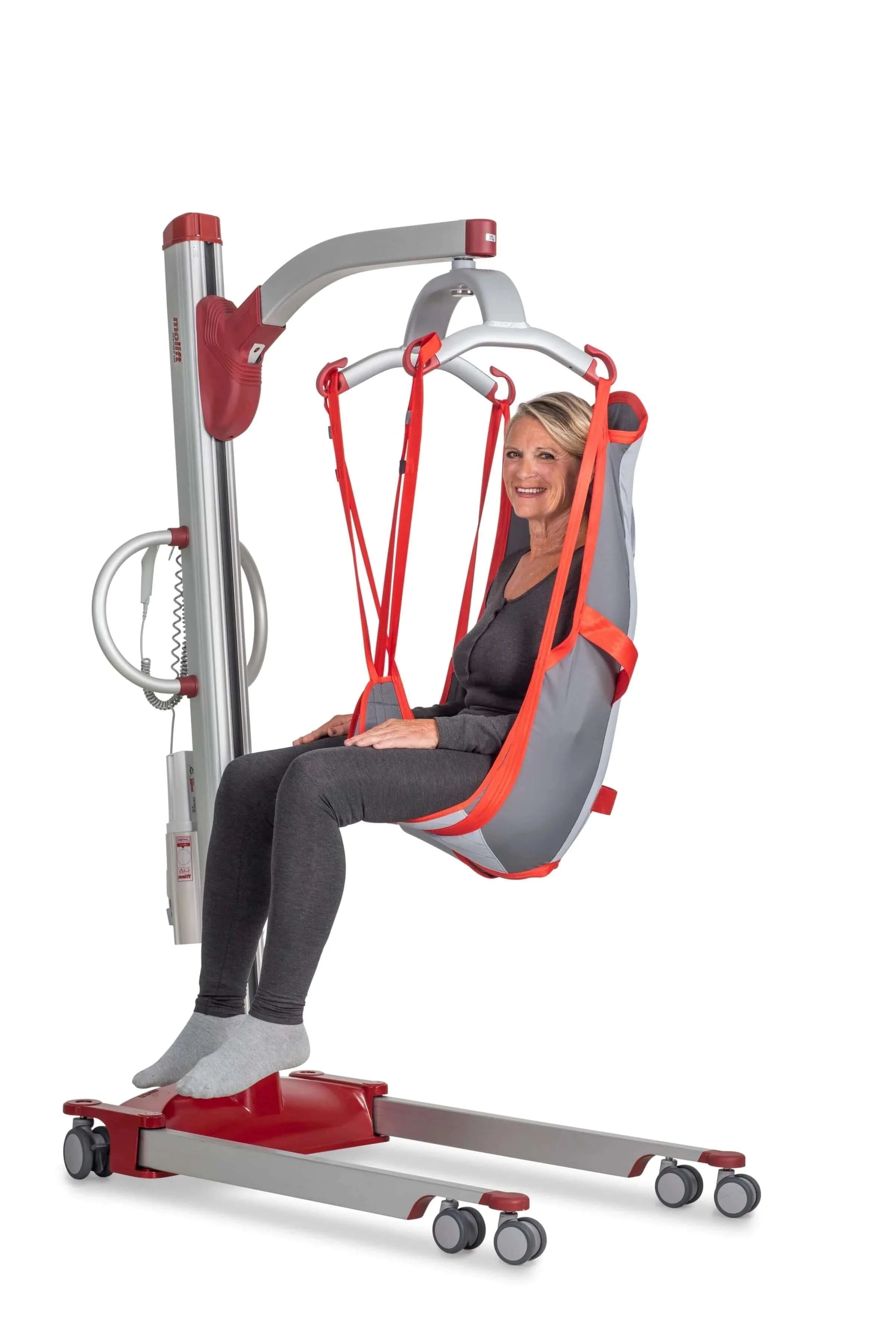
FAQs
Frequently Asked Questions About Portable Patient Lifts
Portable patient lifts use a combination of a lift mechanism and slings to raise and lower patients. They are typically powered by electric motors or hydraulic systems, making the lifting process easy and efficient.
The benefits include enhanced patient safety, reduced caregiver strain, improved patient comfort, increased efficiency in transfers, and versatility for use in various healthcare settings.
Yes! Portable patient lifts are designed to be easily maneuverable. They have wheels and ergonomic handles, allowing caregivers to navigate them smoothly around the facility.
Yes, it is crucial to receive proper training on the safe operation of portable patient lifts. Training ensures that caregivers understand how to use the equipment correctly to prevent injuries to both patients and themselves.
Yes, many portable patient lifts are suitable for home use. They are designed to be compact and easy to store when not in use, making them convenient for home caregivers.
Portable patient lifts come in various weight capacities, ranging from around 300 pounds to over 600 pounds, depending on the model. It's essential to choose a lift that suits the patient's weight. The heaviest capacity we offer is the Molift Mover 300 that has a 660 lb. capacity!
Yes, portable patient lifts prioritize patient comfort. They use specially designed slings that provide a secure and comfortable experience during transfers.
Yes, some portable patient lifts come with specialized slings and accessories for bathing and toileting transfers. Ensure that you choose a lift compatible with these tasks.
Regular maintenance includes cleaning the equipment, checking for wear and tear, and ensuring all moving parts function correctly. Follow the manufacturer's maintenance guidelines.
Yes, always follow the manufacturer's instructions and ensure that the lift is in good working condition. Never exceed the weight capacity, and use appropriate slings and accessories for the patient's needs.



